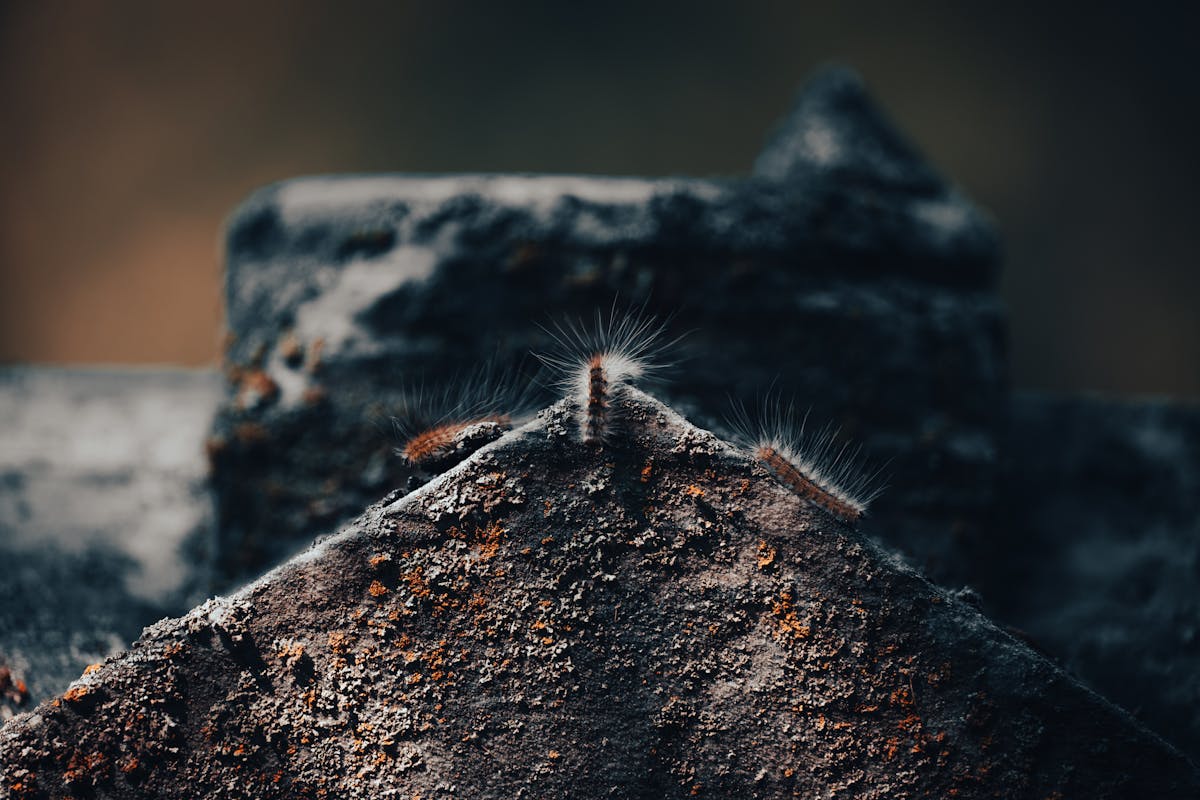Features
Giant Green Caterpillars Philadelphia, Pennsylvania

When you think of caterpillars, what comes to mind? For many, it’s the image of tiny, fuzzy creatures munching on leaves. But in Philadelphia, giant green caterpillars are making their mark. These fascinating insects are not only intriguing to observe, but they also play a vital role in our ecosystem. In this article, we will explore what these giant green caterpillars Philadelphia are, their lifecycle, and how they impact our urban environment.
What Are Giant Green Caterpillars?
Identification of Giant Green Caterpillars
Giant green caterpillars are the larval stage of several butterfly and moth species. In Philadelphia, the most commonly seen species include the Tomato Hornworm (Manduca quinquemaculata) and the Five-spotted Hawkmoth (Manduca sexta). These caterpillars can grow up to 4 inches long and have a distinctive green color, often adorned with white or yellow markings. Their size and unique features make them easy to spot.
- Common features:
- Green body with white stripes
- A horn-like projection at the rear
- Large size compared to other caterpillars
Common Species Found in Philadelphia
In Philadelphia, you are likely to encounter a few species of giant green caterpillars:
- Tomato Hornworm: These caterpillars are notorious for their voracious appetite, especially for tomato plants.
- Five-spotted Hawkmoth: Known for its impressive size and striking appearance, this caterpillar is often found on various host plants.
Understanding the common species can help you identify these fascinating creatures in your garden or local parks.
Caterpillar Lifecycle
Stages of Development
The lifecycle of giant green caterpillars consists of several stages: egg, larva (caterpillar), pupa (chrysalis), and adult (butterfly or moth).
- Egg Stage: Female moths lay eggs on the leaves of host plants.
- Larval Stage: Once hatched, caterpillars begin to feed. This stage can last from 2 to 4 weeks.
- Pupa Stage: After reaching their full size, they form a chrysalis.
- Adult Stage: Finally, they emerge as beautiful moths or butterflies.
Environmental Impact on Growth
The environment plays a crucial role in the growth and development of giant green caterpillars. Factors such as temperature, humidity, and food availability can influence their lifecycle. Warm, moist conditions tend to be more favorable for their development. In urban settings like Philadelphia, caterpillars often adapt to city landscapes by utilizing gardens and parks as habitats.
Caterpillars in Urban Areas
Habitat Preferences
Giant green caterpillars thrive in various habitats, including gardens, parks, and green spaces. They prefer areas with abundant vegetation, as this provides them with the food necessary for growth.
- Common habitats include:
- Community gardens
- Residential backyards
- Public parks
Caterpillar Sightings in Philadelphia Gardens
Residents often report sightings of giant green caterpillars in their gardens, particularly on tomato plants. Their presence can be alarming, especially for gardeners concerned about crop damage. However, it’s essential to remember that these caterpillars are part of a larger ecosystem.
Caterpillar Facts You Should Know
What Do Caterpillars Eat?
Giant green caterpillars have specific dietary preferences. Most feed on the leaves of various plants, including:
- Tomato plants
- Eggplants
- Potatoes
Understanding their dietary habits can help gardeners manage their presence effectively.
Role in the Ecosystem
Giant green caterpillars play an essential role in the ecosystem. They serve as a food source for birds, mammals, and other insects. Moreover, their transformation into butterflies or moths contributes to pollination, which is vital for many plants and crops.
Common Caterpillars in Pennsylvania
Giant Green Caterpillars vs. Other Species
In Pennsylvania, various caterpillar species can be found. It’s crucial to distinguish between giant green caterpillars and others, such as:
| Caterpillar Species | Host Plants | Size | Identifying Features |
|---|---|---|---|
| Tomato Hornworm | Tomato, Eggplant | Up to 4″ | Green with white stripes |
| Five-spotted Hawkmoth | Various plants | Up to 4″ | Green body with horn-like tail |
| Woolly Bear | Various plants | Up to 2″ | Fuzzy black and orange |
Identifying Common Caterpillars
Learning to identify giant green caterpillars can be beneficial for both gardening and ecological awareness. Not all caterpillars are harmful to plants, and many are essential to maintaining a healthy environment.
Caterpillar Pest Control Tips
Preventing Caterpillar Infestations
To manage giant green caterpillar populations in your garden, consider these preventive measures:
- Regular Inspection: Check plants for signs of caterpillar damage.
- Encourage Natural Predators: Birds and beneficial insects can help control caterpillar populations.
Organic Control Methods
If you notice an infestation, try organic control methods first. These may include:
- Handpicking: Removing caterpillars manually.
- Neem Oil: Spraying plants with neem oil can deter caterpillars without harming beneficial insects.
Encouraging Butterflies in Your Garden
Butterfly Gardening Tips
If you’re interested in supporting local butterfly populations, consider these gardening tips:
- Plant Native Species: Native plants attract local butterfly species.
- Create Shelters: Leave areas of your garden undisturbed for caterpillars to pupate.
Creating a Caterpillar-Friendly Environment
Encouraging a caterpillar-friendly environment not only benefits these insects but also enhances your garden’s biodiversity. Incorporating a variety of host plants can help sustain caterpillar populations, leading to a more vibrant ecosystem.
Conclusion
The Importance of Caterpillars in Nature
Giant green caterpillars may seem like pests at first glance, but they are crucial to our ecosystem. Their role in the lifecycle of butterflies and moths, along with their importance as a food source for various animals, cannot be overstated.
Final Thoughts on Giant Green Caterpillars in Philadelphia
Understanding these fascinating creatures can enrich your gardening experience and heighten your awareness of local biodiversity. By respecting their role in nature, we can coexist harmoniously with giant green caterpillars and support the environment they thrive in.

-

 Tech5 days ago
Tech5 days agoTwastia.com: Your Go-To for Digital Solutions
-

 California4 weeks ago
California4 weeks agoCosts of Root Canal in Berkeley, Oakland, and Across California
-

 California4 weeks ago
California4 weeks agoWhere to Buy Kangertech T3S Coils in Oakland, California: Best Options
-

 Delaware4 weeks ago
Delaware4 weeks agoNew Castle Beer: A Delaware Favorite and Its Rich History
-

 Idaho4 weeks ago
Idaho4 weeks agoRake Up Boise 2024: Guide to Idaho Community Cleanup Event
-

 Features1 week ago
Features1 week agoCleetus McFarland Net Worth in 2024
-

 Texas4 weeks ago
Texas4 weeks agoDallas Cowboys Helmet: A Texas Icon and NFL Legacy
-

 Alaska3 weeks ago
Alaska3 weeks agoAre Wintergreen Plants in Alaska Edible?






